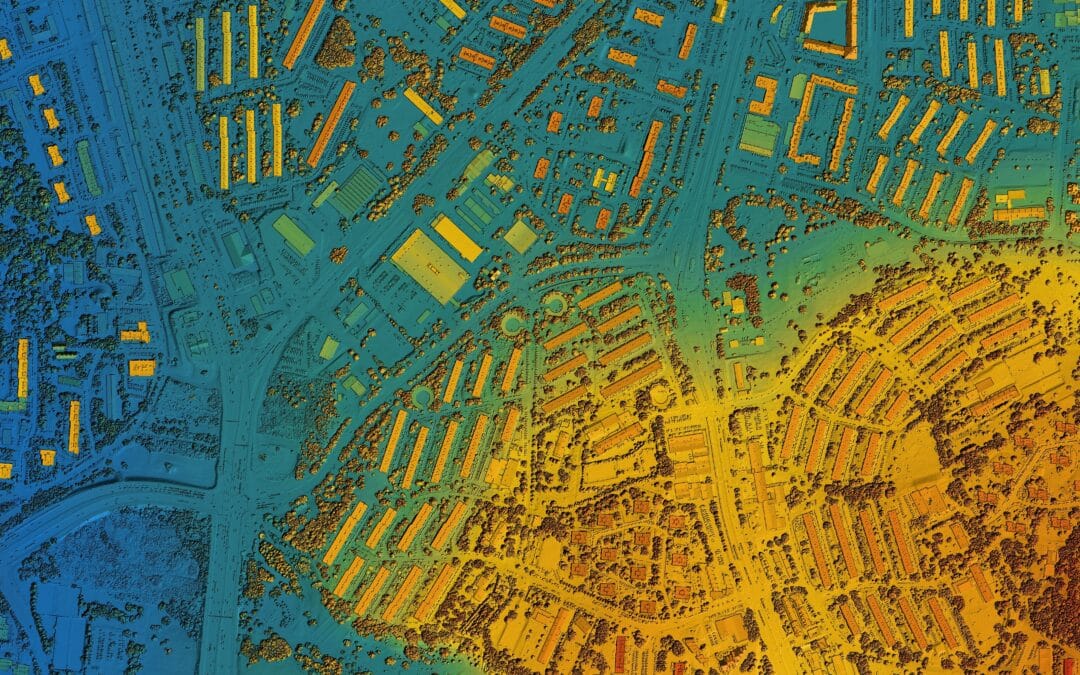The following article was written by contributor Tammy Phelps-Keglovich and was featured in April 2018 Think Realty Magazine.
I’ve spent more than 20 years as a real estate investor, and here is a very important lesson I’ve learned: ere’s what they tell you, and then there is the real investing world and the way it actually works!

Tammy Phelps-Keglovich
Being a real estate investor is not easy, but things become much simpler when you take the time to identify, create, implement, and sustain value-adding strategies in your business. However, adding value to an investment is a very subjective concept because it is both very broad and very personal. In my real estate investments, which tend to be multifamily developments, I’ve found that the creation of community, a largely intangible concept, brings some of the most valuable, tangible results.
In my experience, there are three distinct aspects to both creating opportunities for value-adds and for adding value.
Value-Factor #1: Mindset
Carefully consider how you frame your thoughts and your language in your internal dialogue, your professional discussions with colleagues and co-workers, and with your residents and target market. e concept of mindset is so simple on the surface, but many otherwise far-sighted investors fail to see how integral it is to create a long-term, self-sustaining, productive community of real estate investments.
Here are a few examples of “commandments” that work for me when I am working on my mindset:
- Thou shalt not say “tenant.” Use the word resident. It fosters a feeling of permanence.
- Thou shalt not say “I” when you should say “we.” You have a team who helps you. Put the focus on them.
- Thou shalt place focus on relationships. Be proudly in the business of transformation in terms of properties and people.
Regardless of your personal real estate strategy, at the end of the day, this statement is true: “We (your team and yourself) are in the business of transformation. We acquire and reposition distressed assets, then reintroduce those homes into the community.”
Lesson Learned: Reframing your mindset will enable your residents and members of your target market to begin to see living in one of your real estate investments in an entirely new light. is strategy is particularly useful if you invest in multi-family real estate or long-term rentals where creating community creates demand and keeps existing tenants in place longer. However, this strategy can also be leveraged if you fix-and-flip or even wholesale, since it is as much about creating the right perspective of yourself in the business as it is about creating a physical community for your buyers.
Value-Factor #2: Physical Changes
Take a look around, paying attention to your feelings as well as financial necessities. Here are a few things you might identify:
- Public Utility Options: This is a very concrete, practical way to decrease your utility expenses. Some investors find they save as much on utilities as $100,000 a year using strategies like submetering, which is a system that enables you to track individual residents’ utility usage and bill individually, thereby encouraging energy conservation and lowering energy costs. Clearly, savings of that magnitude add to the market value of a property from the moment they begin.
- The Need For New Locks: Sometimes, value-adds are small but significant. Residents feel an improved sense of security when the locks on the doors are modern and have clearly been upgraded or replaced recently. Interestingly, we also nd that installing peepholes in front doors without them and offering personalized security options does not make residents fearful but instead makes them feel protected and safe in their homes.
- A Potential Community Space: This type of value-add is one of the best because it enables residents to foster their own sense of community and build relationships that last. When relationships last, the community becomes more desirable and tenancies tend to become longer. Community spaces are not just large buildings for gatherings. We have experienced great rewards from installing community gardens (and the associated after-school activities) and even large decks or barbeque/picnic areas in our properties, thereby allowing urban residents with little outdoor space of their own to gather in a beautiful, community setting.
Value-Factor #3: Tribal Culture
Real estate investors are, by definition, in the business of real estate. However, many fail to realize that real estate is about people. The people who live in your properties or work on your properties are a community, and that community has a culture. Invest in and cultivate that culture, create a “tribe,” so to speak, and the power of your tribe will change your life. It will also change the lives of the community members for the better. When I realized that people do not really care how much you know about anything – investing, property management, their ability to qualify to rent an apartment, anything – until they know how much you care. Once they know that they matter, they will happily join with you to create a community that is attractive to all residents.
So, how do you make this happen?
For starters, immerse yourself in “the moment.” Be present in your residents’ lives and the world. We talked about this a little bit earlier in the section on physical changes. Take it a step farther and immerse yourself in your residents’ lifestyle including but not limited to their residence (factor #2) and their daily behavior and world. Participate. Here are some ways that you can actively create what I like to call “collective abundance” in your communities, which leads to a strong tribal culture:
- Remember The Little Things: Handwritten cards on a tenant’s birthday can mean the world.
- Go Out Of Your Way To Say A Few Words: Stopping by to chat with a resident can cheer up a lonely person and give you insight into a tenant’s daily struggles.
- Make A Hospital Visit Or Bring A Family A Hot Meal: You have no idea how much a 15-minute bedside chat or a frozen casserole will mean until you experience it.
Lesson Learned: When you take small steps to create a tribal culture, the rest of your community will begin to follow suit. is is one of the most meaningful ways in which real estate investors change lives, create loyalty, and establish long-term relationships. In my communities, there are residents who have lived there for as many as 30 years. ey are loyal because we show our loyalty is to them, not just our bottom line.
Expanding The Conversation
When you think of adding value, don’t stop with just your real estate investing. Take the conversation into all areas of your life: home, work, friends, and business. Take the time to examine your personal cultures and communities, then create value plays to add value to them. The inevitable will happen: Value will come back to you.
























0 Comments